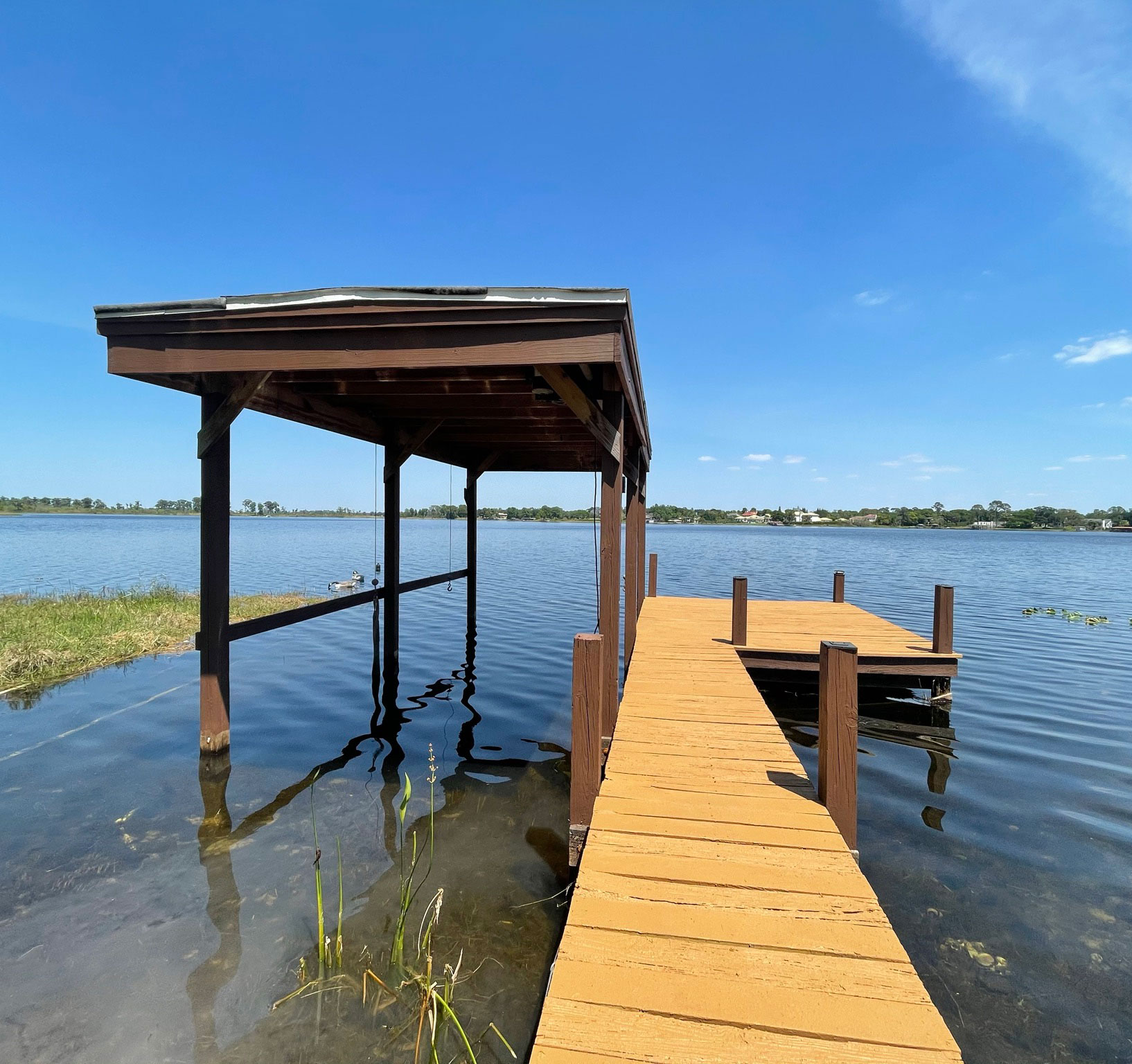The Value of Timely Dock Repairs for Waterside Security
The Value of Timely Dock Repairs for Waterside Security
Blog Article
Effective Dock Repair Service Techniques: Guaranteeing Structural Honesty
Ensuring the architectural integrity of docks via efficient repair strategies is extremely important for the durability and safety of aquatic facilities. Subsequently, picking the right fixing products, such as corrosion-resistant alloys and composite products, is critical for longevity.
Examining Dock Damages
Examining dock damage is a critical first action in making sure the architectural stability and security of any type of docking facility. Key aspects to examine consist of the dock's structure, pilings, outdoor decking, and hardware (Dock Repairs).
Structural engineers or certified assessors typically perform these analyses making use of specialized devices and methods. Undersea examinations might utilize finder devices or remotely ran cars (ROVs) to find immersed damages. Above water, visual evaluations are complemented by utilizing dampness meters and various other analysis devices to uncover underlying problems not instantly visible to the nude eye.

Finding Repair Work Products
Picking the appropriate repair work products is a crucial action in the dock remediation process, one that straight affects the long life and efficiency of the fixed framework. Material option must be driven by aspects such as ecological problems, load-bearing requirements, and compatibility with existing dock components. For example, timber is a traditional option for anchors because of its all-natural strength and visual appeal. However, selecting the right sort of timber, such as pressure-treated lumber or naturally rot-resistant species like cedar or teak, is vital to withstand aquatic environments.
In addition to wood, composite products are increasingly preferred because of their sturdiness and low upkeep demands. Composites, generally made from a blend of plastic and wood fibers, provide exceptional resistance to rot, bugs, and UV damage. For metal anchors, selecting corrosion-resistant alloys such as galvanized steel or marine-grade aluminum is vital to avoid corrosion and guarantee architectural integrity in saline water conditions.
Epoxy resins and marine-grade sealers are essential for repairing splits and securing joints, providing a water resistant obstacle and boosting the dock's overall stamina. By thoroughly picking top quality products, dock repairs can achieve resilient outcomes, thereby protecting versus future destruction and guaranteeing secure, reputable usage.
Structural Reinforcement Strategies
Effective structural reinforcement methods are critical in ensuring the security and longevity of dock fixings. One fundamental technique entails the use of steel or composite support bars (rebar) within concrete frameworks. Rebar gives additional tensile strength, preventing fractures and distributing lots extra equally. This approach is particularly effective for anchors subjected to hefty lots or extreme ecological problems.
An additional necessary strategy is the application of fiber-reinforced polymers (FRP) These products supply high strength-to-weight ratios and outstanding resistance to corrosion, making them excellent for enhancing concrete or wood docks. FRP can be applied in strips or sheets and bonded with epoxy materials to boost structural honesty.
Bracing and anchoring systems also play an important role in structural support. Cross-bracing, using metal or wooden beams, can neutralize lateral pressures, lowering persuading and movement. Securing systems, such as helical piers or driven stacks, offer a stable structure by transferring lots to much deeper, much more secure soil look at this site layers.
Last but not least, the assimilation of load-distribution plates can help disperse weight a lot more equally throughout the dock's surface area, mitigating local tension points. These strategies collectively ensure that anchors stay robust and risk-free, efficient in withstanding the rigors of their functional atmosphere.
Advanced Repair Approaches

One more sophisticated method includes underwater welding, which permits repair work to be carried out without the requirement to dewater the area. This technique is especially beneficial for resolving architectural try this concerns in immersed dock elements, guaranteeing very little interruption to operations. Improved welding methods, combined with robotic systems, deliver precision and reliability, thereby extending the lifespan of the dock.
Additionally, cathodic protection systems are implemented to avoid rust in metallic dock structures. By using sacrificial anodes or impressed existing systems, these strategies properly minimize the electrochemical procedures that cause material wear and tear.
Finally, advanced monitoring technologies, such as structural health surveillance (SHM) systems, supply real-time data on the problem of dock structures. These systems make it possible for aggressive maintenance and timely treatments, ultimately guaranteeing the long-term architectural integrity of the dock.
Upkeep and Prevention
Upkeep and avoidance are essential concepts that underpin the long life and security of dock structures. Normal assessments are critical, permitting very early detection of wear and tear, potential weak points, and environmental impacts. An aggressive technique, involving regular checks for rust, rot, and architectural changes, minimizes expensive repairs and prolongs the dock's functional life.
Safety nets need to include using protective coverings to steel elements to guard versus corrosion and using cured wood to stand up to degeneration. Furthermore, ensuring appropriate water drainage and ventilation can protect against water build-up, which is a typical reason for structural destruction. Incorporating top quality materials and adhering to supplier standards during building and fixing phases additionally play important duties in improving resilience.

Educating employees in dock upkeep ideal techniques guarantees regular application of preventative measures. Leveraging technical breakthroughs, such as drones for examinations and sensing units for real-time surveillance, can additionally Discover More boost upkeep initiatives. By focusing on maintenance and prevention, dock proprietors can make certain architectural integrity, functional safety, and cost-effective monitoring over the dock's lifespan.
Conclusion
In final thought, maintaining the architectural integrity of aquatic centers necessitates comprehensive dock repair work techniques. Comprehensive evaluations utilizing advanced tools reveal both noticeable and concealed problems, while the option of suitable repair service materials boosts longevity. Applying architectural support methods addresses tension factors properly. Advanced repair work strategies, coupled with routine upkeep techniques, guarantee the dock stays operational and risk-free under varied ecological conditions. Embracing these approaches considerably extends the life-span and functionality of marine facilities.
Making certain the architectural integrity of docks with effective repair service methods is extremely important for the longevity and security of marine centers.Choosing the proper fixing products is a pivotal step in the dock restoration process, one that directly affects the long life and performance of the repaired structure.Reliable architectural support strategies are critical in guaranteeing the security and durability of dock repair services. By prioritizing maintenance and prevention, dock proprietors can make certain structural honesty, operational safety, and affordable management over the dock's lifespan.
In conclusion, maintaining the structural honesty of aquatic centers demands detailed dock fixing strategies.
Report this page